As an important medical tool, the MRI scanner need validation both on a regular basis but also when new protocols are implemented or modified. Our sister company Random Walk Imaging (RWI) creates state-of-the art protocols to determine the microstructure of human tissue and realised early on the importance of making sure the clinics that are to use these protocols have scanners validated based on the so-called microstructure anisotropy, mFA.
What RWI needed was a stable phantom with a known, precise and accurate value of mFA. They knew exactly what structure was needed, and what constraints this structure should have to serve purposefully. The asked us, experts in liquid crystalline phases to find the proper combination of oil, water and surfactant to reach a stable phase made of easy to supply, cheap and reasonably safe chemicals.
A combination of activities in the library and our lab led to the successful mix of isooctane, water and the surfactant AOT. With this and proper mixing, we checked with SAXS measurements that we had what was needed, a thermodynamically stable mimic of the brain microstructure, ready to serve in any MRI scanner in the world. To make sure that patients are diagnosed correctly before sometimes life-important decisions are made.
It sure feels good when you turn gasoline (isooctane) and soap molecules to another valuable product, and we are super proud of both us and the great idea our colleagues at Random Walk Imaging had!
The first of the two structure-phantoms is the focus of this publication of which our colleague Dan is co-author: Liquid crystal phantom for validation of microscopic diffusion anisotropy measurements on clinical MRI systems.


